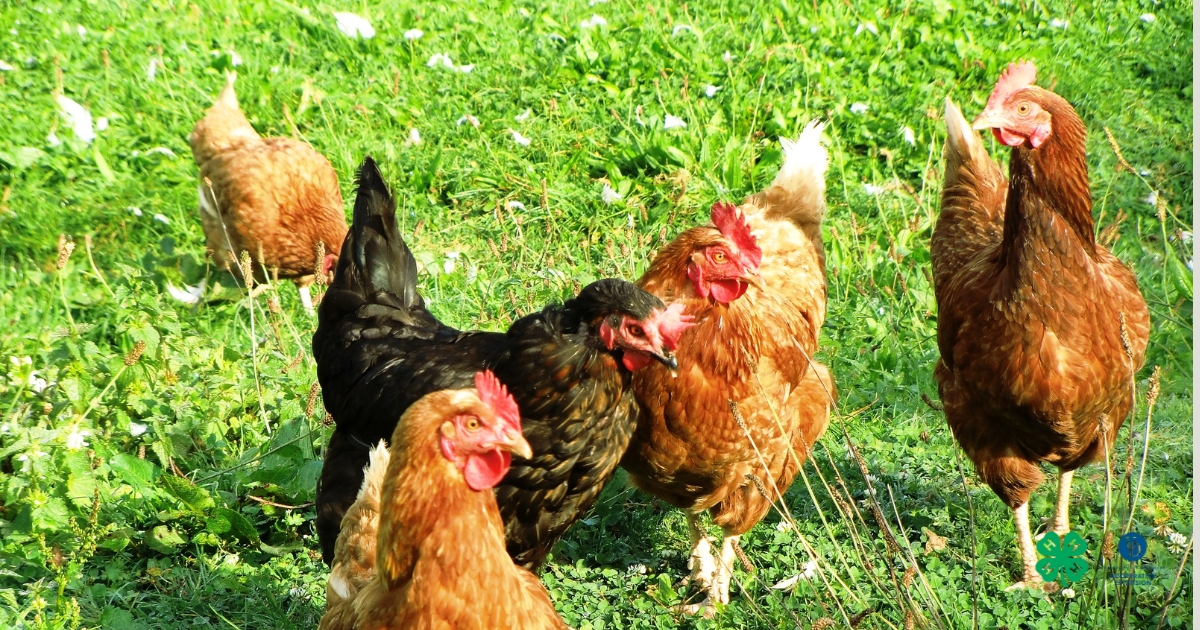
Fact Sheets And Publications
- Ask Extension
- Health & Well-being
-
Agricultural Programs
- Agribusiness
- Animal Science
- Beginning Farmer Program
- Commercial Crops
- Commericial Horticulture
- Delaware Soil Testing Program
- Disease Management
- Farm Vitality and Health Project
- Irrigation
- Nutrient Management
-
Insect Pest Management
- Insect Trapping Program
- IPM Hot Topics
- Commercial Field Crop Insect Management
- Commercial Field Crop Disease Management
- Commercial Fruit & Vegetable Crop Pest Management
- EIPM Implementation Projects
- Pollinators
- Research and Extension Demonstration Results
- Brown Marmorated Stink Bug (BMSB) Management, Research, and Resources
- Publications
- Pesticide Safety Education Program
- UD Plant Diagnostic Clinic
- Variety Trials
- Weed Science
- Certified Crop Advisor Program
- Poultry Biosecurity
- 4-H
-
Horticulture
- Climate Variability and Change
- Delaware Soil Testing Program
- Forestry
- Lawn and Garden
- Master Gardeners
- Master Naturalist Program
-
Nutrient Management
- Nutrient Management Certification
- Continuing Education for Nutrient Management
- Nutrient Management Planning Resources
- Commercial Nutrient Handler Resources
- Poultry Litter and Manure Management
- Turf Management
- Agriculture Notebook
- Horticulture Handbook
- Agriculture & Horticulture Handbooks
- Crop Production
- Soil Fertility
- Delaware Climate Change Coordination Initiative (DECCCI)
- Salt Impacted Agricultural Lands

Steam Team: Protecting Your Backyard Flock from Avian Flu
May 2025 | Written by: Twila Parish-Short, MEd., Science Educator
What is Avian Influenza?
Avian influenza is caused by a virus that naturally occurs in wild birds, particularly waterfowl. These birds can carry the virus without showing symptoms and spread it through saliva, nasal secretions, and droppings. When domestic birds come into contact with the virus, it can cause severe illness and death.
Signs of Avian Flu in Poultry
Keep an eye out for:
Sudden death with no warning signs
Lack of energy or appetite
Decreased egg production
Swelling around the head, neck, and eyes
Coughing, sneezing, or nasal discharge
Diarrhea
If you notice any of these symptoms, report them immediately to your local veterinarian or agricultural agency.
How to Protect Your Flock
1. Limit Exposure to Wild Birds
Keep food and water indoors or under cover.
Secure your coop and run with netting or wire to keep wild birds out.
2. Practice Good Biosecurity
Wash hands and change shoes before and after handling your birds.
Use separate clothing and tools for your flock.
Don’t share equipment or birds with other bird owners.
3. Don’t Introduce New Birds Without Quarantine
Keep new birds isolated for at least 30 days before introducing them to your flock.
4. Keep Your Coop Clean
Regularly clean and disinfect feeders, waterers, and housing.
Dispose of droppings properly and keep bedding dry.
What to do if you suspect Avian Flu
If your birds seem sick or you suspect an outbreak:
Do not move birds off your property.
Contact your state veterinarian or USDA’s toll-free number: 1-866-536-7593.
Limit access to your property and follow official instructions carefully.
Stay Informed
Avian flu cases can rise seasonally, especially during migration periods. Stay updated with alerts from your state agriculture department or local extension office.
By taking simple, proactive steps, you can help prevent the spread of avian flu and ensure the safety of your flock and your community.
UD Cooperative Extension
This institution is an equal opportunity provider.
In accordance with Federal law and U.S. Department of Agriculture policy, Cooperative Extension is prohibited from discriminating on the basis of race, color, national origin, sex, age, or disability.
The University of Delaware is an Equal Opportunity Institution and Provider. Visit UD’s Office of Equity & Inclusion to learn more.
Additional Links
531 South College Avenue Newark, DE 19716 (302) 831-2501
